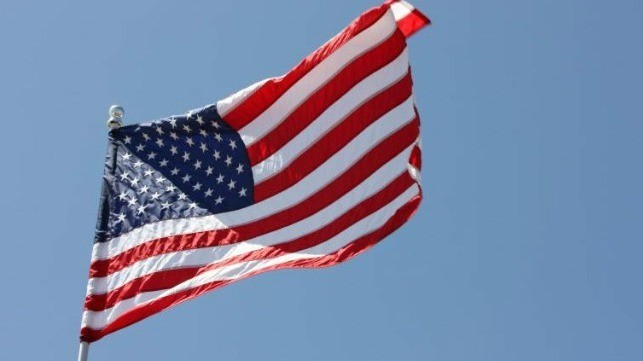With states reopening and medical professionals cautiously optimistic about our ability to maintain a flattened COVID-19 curve it might seem tempting to assume a gradual return to normal. But to borrow from the most quotable of statesmen, Winston Churchill, the reality is “This is not the end. It is not even the beginning of the end. But it is, perhaps, the end of the beginning.”
It is now time to understand—and begin to address—the economic and national security vulnerabilities exposed by COVID-19. Nowhere is this more critical than in the maritime sector. COVID-19 has exposed the inherent risks of a flawed global supply chain that relies on just a handful of countries and a dwindling number of qualified mariners, a situation that demands careful debate and consideration.
As we celebrate Maritime Day, a new generation is preparing to graduate from the U.S. Merchant Marine Academy. Even as they face an uncertain future, we know their service to the nation will be vital.
The nation has long depended on civilian mariners as essential players in our national and economic security, and it is fitting that on Maritime Day we reflect on the challenges we currently face.
On the commercial side of the ledger, seaborne trade has quadrupled over the last forty years while the U.S. Merchant Marine fleet has dwindled, from 1,288 international trading vessels in 1951 to around 80 today. Likewise, from operating nearly two-thirds of the world’s shipping in 1946, today U.S.-flag vessels carry around two percent of the goods to and from U.S. ports each year.
Of course, our vulnerabilities are more than economic.
In times of war, the Merchant Marine is often called upon to deliver military personnel and materiel. From the 11,500 merchant mariners, now interred in Brooklyn’s Fort Greene Park, captured and starved by British Forces during the American Revolution, to World War II, in which merchant mariners suffered a casualty rate higher than that of any branch of service and 142 USMMA cadets gave their lives, to 9/11 when merchant mariners undertook the largest rescue operation in history, the Merchant Marine has long been a vital component of our national security.
The consequences of a shrinking U.S.-flagged fleet surfaced during Operation Desert Storm, when the U.S. was forced to rely on countries like Saudi Arabia and Japan to provide ships and cargo space to assist in the sealift effort. Unfortunately, several foreign-flag ships committed to participating in the sealift refused to enter the Persian Gulf and removed their ships from the war zone altogether.
In the wake of COVID-19, we’ve seen critical shortages and disruptions to global supply chains—deeply troubling evidence of our vulnerability. Other nations have seen the signs and are acting. France recently announced that it was reevaluating its supply chains to become less dependent on China and other Asian nations.
We cannot remain idle. America cannot win a war–economic or military–without a viable merchant fleet or qualified mariners. We know because this is the very reason the U.S. Merchant Marine Academy was dedicated by Franklin D. Roosevelt in 1943.
Our graduates play a vital role in maintaining both the maritime strength and the security of the nation, making up more than 80 percent of the U.S. Navy Reserve Strategic Sealift Officer force. Each one of them has committed to serve their country for eight years. Every graduate earns an unlimited merchant marine officer’s license as a third mate or third assistant engineer and stands ready and willing to serve the moment they graduate – and the most effective way they can do that is by being part of a strong, modern Merchant Marine.
These issues are 50 years in the making and will not be solved overnight. But now that we’ve realized the pandemic has afforded us an opportunity to identify vulnerabilities, we have an obligation to act: out of respect for our long history as a maritime power and because it is in our own best interest now more than ever.







Comments (0)